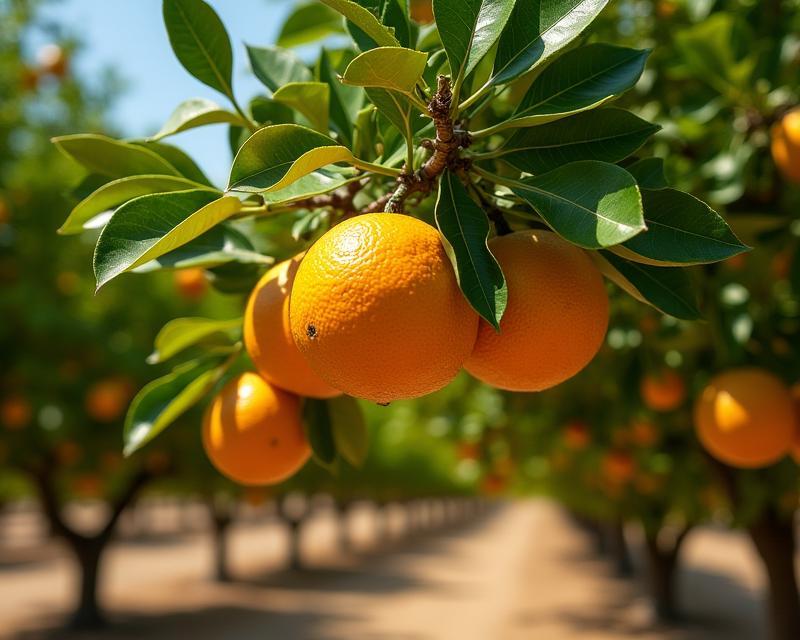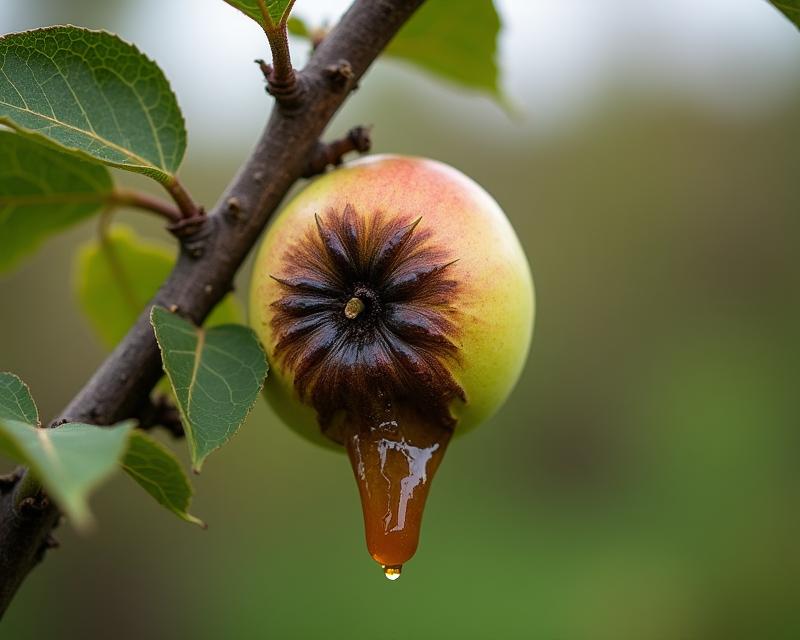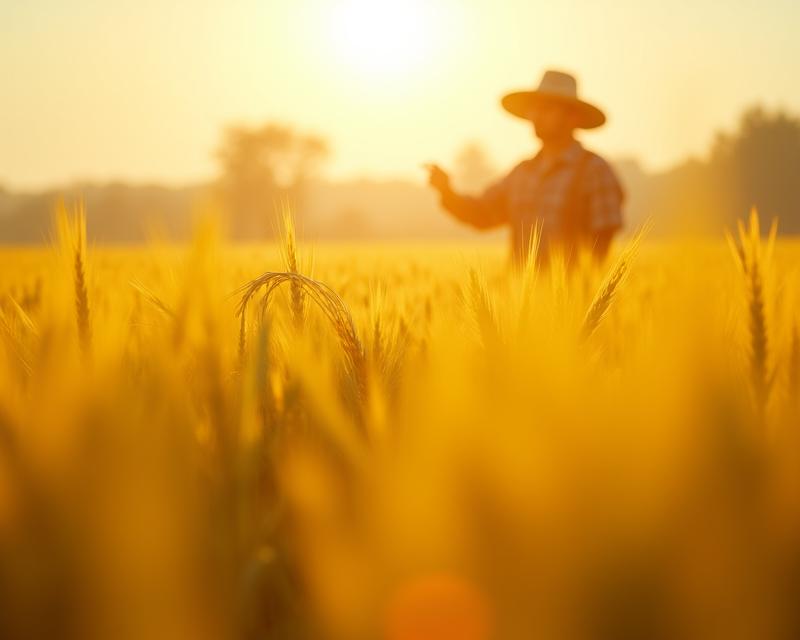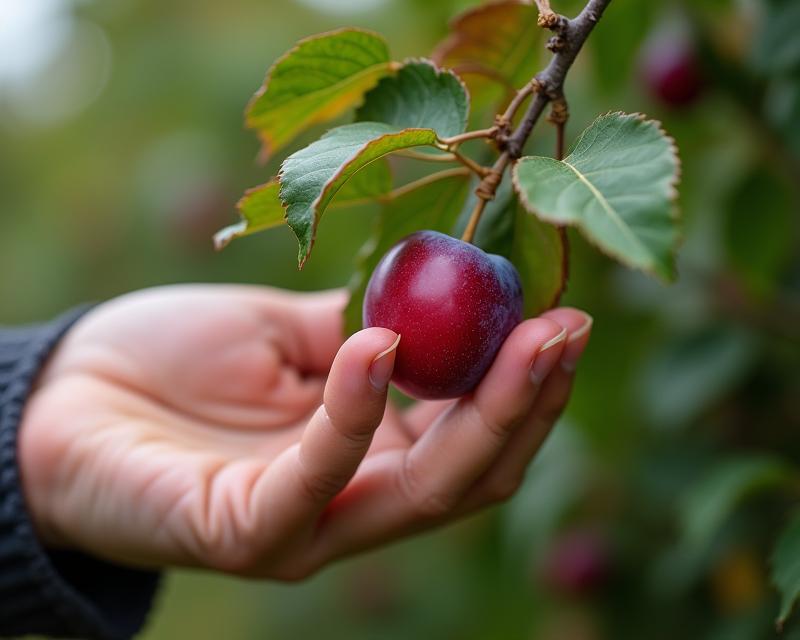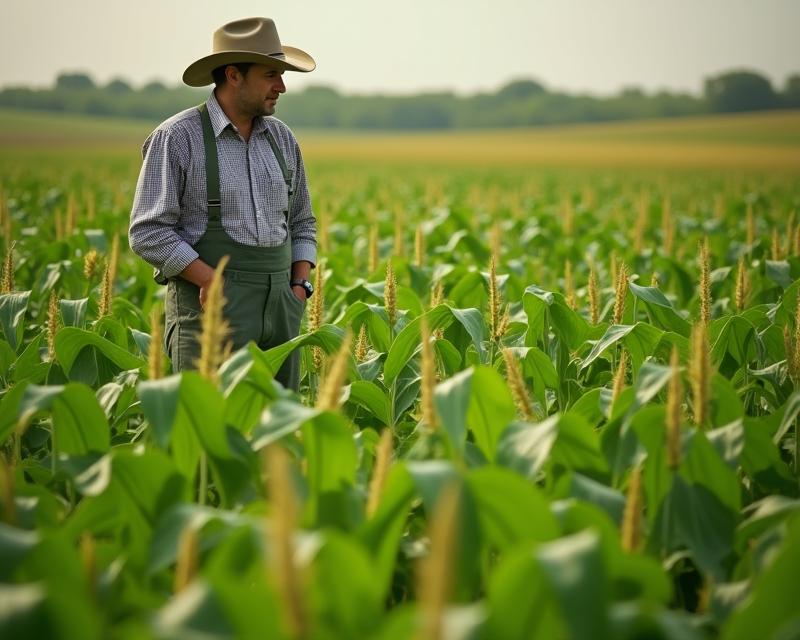Wheat Yield Boost: Mastering Tillering!
Publish in Crops el 03/07/2025 17:18
Understanding Tillering in Wheat: A Key to Higher Yields
Wheat is a staple crop for many farmers, and maximizing yield is always a top priority. One of the most important factors influencing wheat production is tillering – the process of producing extra stems (or tillers) from the main plant. Understanding how tillering works and how to encourage strong tillering can significantly boost your harvest.

What is Tillering?
Think of your wheat plant as having a main stem and then sending out smaller side shoots – those are the tillers! Tillering allows a single wheat plant to essentially create multiple seed-producing units. The more productive tillers you have, the more grain you'll ultimately harvest. The number of tillers a wheat plant produces is influenced by a variety of factors, including genetics, environmental conditions, and management practices. It's a complex process, but understanding the basics can make a big difference in your yield.
How to Encourage Strong Tillering
So, how do you get your wheat plants to tiller effectively? Here are a few key strategies:
- Variety Selection: Different wheat varieties have different tillering potentials. Choose varieties known for strong tillering in your region. Consult with your local agricultural extension office for recommendations.
- Planting Density: Proper planting density is crucial. Too few plants and you're not utilizing the available space. Too many, and they'll compete for resources, potentially hindering tillering. Follow recommended planting guidelines for your chosen variety.
- Fertilization: Adequate nitrogen is vital for tillering. Ensure your soil has sufficient nitrogen levels, either through soil testing and fertilization or by using nitrogen-fixing cover crops. However, be careful not to over-fertilize, as this can lead to excessive vegetative growth at the expense of grain fill.
- Water Management: Consistent and appropriate watering is essential. Water stress can negatively impact tillering. Monitor soil moisture levels and irrigate as needed, especially during critical growth stages.
- Avoid Soil Compaction: Compacted soil restricts root growth, which can limit tillering. Proper tillage practices and avoiding heavy machinery on wet soil can help prevent compaction.
Monitoring and Management
Regularly monitor your wheat fields throughout the growing season. Look for signs of healthy tillering and address any issues promptly. Early identification of problems like nutrient deficiencies or pest infestations can prevent them from impacting tillering and overall yield. By paying attention to these details, you can optimize your wheat production and achieve a bountiful harvest. Don't hesitate to reach out to your local agricultural extension agent for personalized advice and support.
